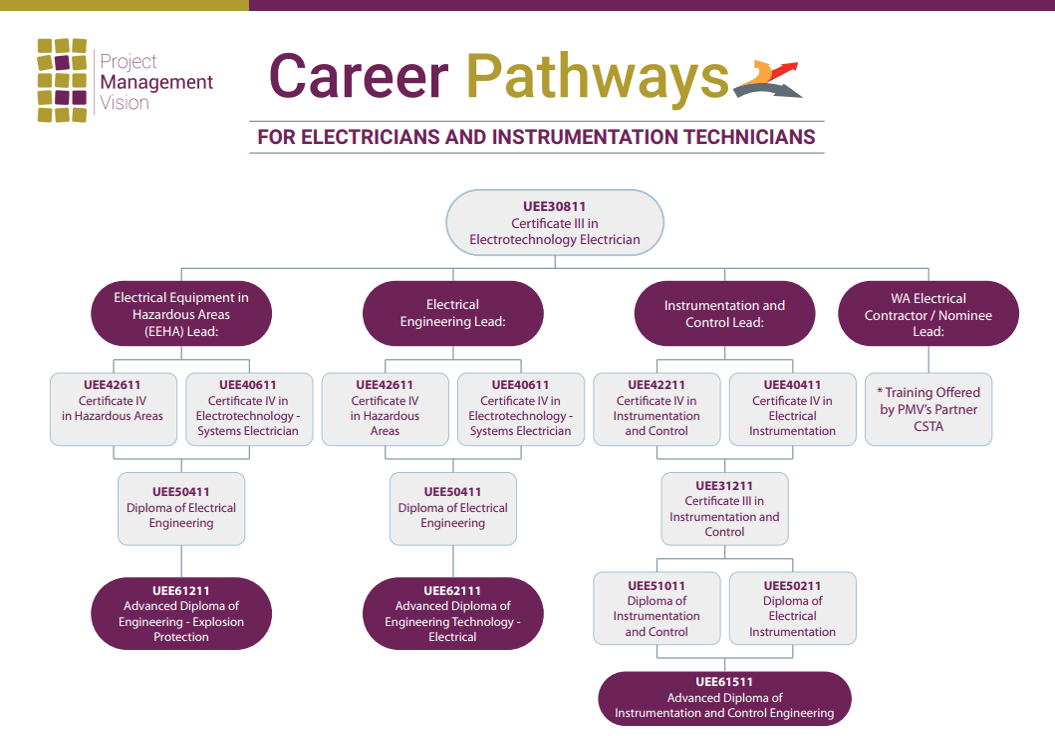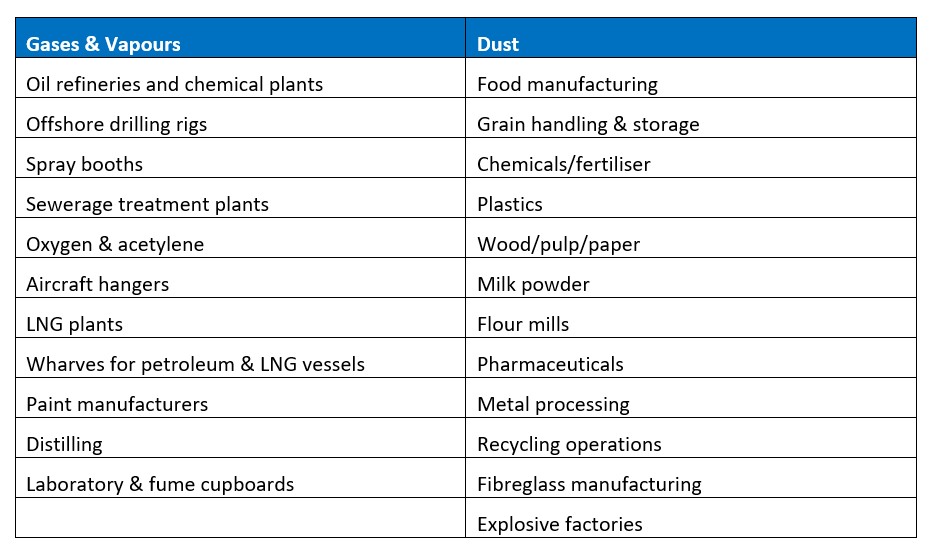The Roar Solutions Ideas
The Roar Solutions Ideas
Blog Article
An Unbiased View of Roar Solutions
Table of ContentsHow Roar Solutions can Save You Time, Stress, and Money.See This Report on Roar SolutionsThe Best Strategy To Use For Roar Solutions
In order to shield installments from a possible explosion an approach of evaluating and identifying a potentially dangerous location is needed. The purpose of this is to make sure the correct option and installment of devices to ultimately protect against a surge and to ensure safety and security of life.
(https://www.interweave.com/plus_old/members/roarsolutions/profile/)
No tools should be set up where the surface area temperature level of the devices is more than the ignition temperature level of the given hazard. Below are some typical dust harmful and their minimal ignition temperature. Coal Dirt 380C 225C Polythene 420C (melts) Methyl Cellulose 420C 320C Starch 460C 435C Flour 490C 340C Sugar 490C 460C Grain Dust 510C 300C Phenolic Resin 530C > 450C Aluminium 590C > 450C PVC 700C > 450C Soot 810C 570C The likelihood of the risk existing in a concentration high sufficient to trigger an ignition will vary from place to place.
Harmful location electric tools perhaps designed for usage in greater ambient temperatures. Field Repair By Authorised Personnel: Complex testing may not be needed nevertheless particular treatments may need to be followed in order for the equipment to keep its third party rating. Each piece of equipment with an unsafe rating ought to be assessed separately.
A Biased View of Roar Solutions
The devices register is a thorough database of tools documents that consists of a minimum collection of fields to recognize each item's area, technical criteria, Ex lover category, age, and ecological information. This information is essential for tracking and handling the equipment successfully within dangerous areas. On the other hand, for periodic or RBI tasting assessments, the grade will be a combination of Detailed and Close assessments. The proportion of In-depth to Close assessments will certainly be established by the Equipment Threat, which is assessed based upon ignition risk (the likelihood of a resource of ignition versus the likelihood of a combustible atmosphere )and the harmful location classification
( Area 0, 1, or 2). This variant will likewise affect the resourcing requirements for job prep work. Once Great deals are specified, you can develop sampling strategies based upon the sample size of each Whole lot, which refers to the number of arbitrary devices things to be examined. To figure out the required sample dimension, two facets need to be evaluated: the size of the Great deal and the group of inspection, which suggests the degree of initiative that should be applied( minimized, regular, or raised )to the inspection of the Lot. By combining the category of evaluation with the Great deal size, you can then establish the suitable being rejected requirements for an example, meaning the allowable variety of faulty items found within that example. For even more details on this process, please refer to the Energy Institute Standards. The IEC 60079 common advises that the optimum period between examinations must not surpass three years. EEHA assessments will certainly additionally be carried out beyond RBI projects as part of scheduled upkeep and tools overhauls or repairs. These examinations can be credited towards the RBI example sizes within the impacted Great deals. EEHA evaluations are conducted to identify mistakes in electrical equipment. A weighted racking up system is important, as a single item of tools may have multiple mistakes, each with differing levels of ignition threat. If the mixed rating of both evaluations is much less than two times the fault rating, the Lot is considered acceptable. If the Great deal is still considered undesirable, it needs to undergo a complete examination or reason, which might cause more stringent evaluation procedures. Accepted Lot: The reasons for any kind of mistakes are determined. If a common failure setting is discovered, additional devices might need evaluation and repair. Mistakes are classified by extent( Safety, Honesty, House cleaning ), guaranteeing that immediate issues are analyzed and addressed immediately to reduce any kind of influence on safety and security or operations. The EEHA data source need to track and tape-record the lifecycle of mistakes along with the restorative activities taken. Implementing a durable Risk-Based Assessment( RBI )strategy is vital for ensuring compliance and security in managing Electrical Devices in Hazardous Locations( EEHA) (Roar Training Solutions). Automated Fault Scoring and Lifecycle Administration: Easily handle mistakes and track their lifecycle to improve examination precision. The introduction of this assistance for risk-based assessment better strengthens Inspectivity's setting as a best-in-class option for regulative conformity, along with for any asset-centric inspection use situation. If you have an interest in finding out extra, we invite you to request a demonstration and discover how our service can transform your EEHA management processes.
Roar Solutions Can Be Fun For Everyone

In regards to eruptive danger, a dangerous location is a setting in which an explosive atmosphere is present (or may be anticipated to be existing) in quantities that require unique safety measures for the building and construction, installment and use of tools. eeha training. In this post we explore the obstacles dealt with in the work environment, the risk control procedures, and the required competencies to function safely
It issues of modern-day life that we produce, save or manage a variety of gases or fluids that are considered combustible, and a series of dirts that are deemed flammable. These compounds can, in particular problems, develop eruptive ambiences and these can have major and terrible repercussions. Many of us know with the fire triangular remove any kind of one of the 3 elements and the fire can not take place, yet what does this mean in the context of dangerous locations? When damaging this down into its simplest terms it is essentially: a combination of a certain amount of launch or leak of look what i found a particular compound or product, combining with ambient oxygen, and the existence of a resource of ignition.
In most circumstances, we can do little regarding the degrees of oxygen airborne, but we can have significant influence on sources of ignition, for instance electric tools. Dangerous areas are documented on the dangerous location category drawing and are recognized on-site by the triangular "EX" sign. Below, amongst various other vital information, zones are split right into 3 kinds relying on the danger, the likelihood and period that an eruptive environment will exist; Area 0 or 20 is considered the most hazardous and Area 2 or 22 is deemed the least.
Report this page